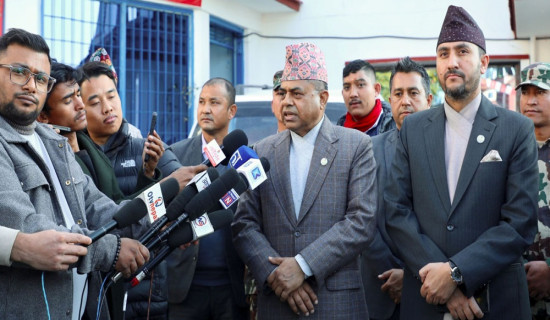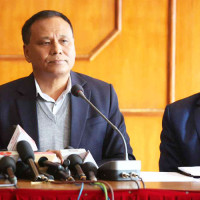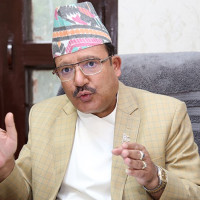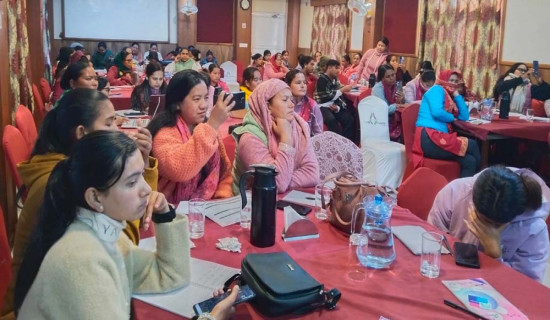- Thursday, 25 December 2025
Mend ways to ensure safe drinking water for all
Kathmandu, Mar. 23: Safe drinking water is a fundamental right of every citizen, but the drying up of the water sources in recent years has had a negative impact on livelihood, sanitation and hygiene.
In most areas, people are migrating due to drying up of the sources of water, experts said.
Intergovernmental Panel on Climate Change’s (IPCC) sixth assessment report also warned that water-related risks are projected to increase with every degree of global warming, and more vulnerable and exposed regions and peoples are projected to face greater risks.
Every year, the World Water Day is marked on March 22 to highlight the importance of freshwater but the commitment made by the government to provide sufficient safe drinking water has yet to be met.
Nepal is also a part of the campaign. This year, the day was marked with the theme “Be the change”, to encourage people to take action in their own lives to change the way they use, consume, and manage water.
According to Madhav Dhakal, Watershed and Springshed Analyst at International Centre for Integrated Mountain Development (ICIMOD), water crisis has been increasing day by day with the decrease in the sources of spring water.
There were around 612,191 springs in
Nepal, of which 20 per cent have dried out in the last 10 years. Some 30 to 70 per cent of the springs are in decreasing flow and only two per cent are in increasing trend, he added.
The spring is a natural discharge point of deep water on the surface of the ground or directly into the bed of a stream, lake, or sea. After the rainwater that reaches the ground accumulates in the pores and crevices in the rocks and also accumulates in soil, sand and gravel it recharges as spring water.
According to Dhakal, some of the reasons for drying up of spring water are the construction of rural roads and physical infrastructure for various purposes and the destruction of forests. Due to this, the rainwater does not enter the ground and directly mixes into the river channel through drains and holes.
With the reduction in the water sources, people mostly in urban areas like Kathmandu face brunt of water scarcity. Many people are struggling to meet the demand for water in Kathmandu.
The demand for water is increasing significantly in Nepal. According to Gyanendra Karki, Deputy CEO at Kathmandu Upatyaka Khanepani Limited (KUKL), there is 430 million liters of water demand in Kathmandu but only 260 million liters of water could be supplied after the Melamchi Water Supply Project began operating.
Before the Melamchi, only 120 million liters of water was supplied in the Valley. “We are still lagging behind to provide sufficient drinking water to the people in the Valley,” Karki said.
According to United Nations Children’s Fund (Unicef), some 10.8 million people in Nepal do not have access to improved sanitation, and 3.5 million do not have access to basic water services. Twenty per cent of government schools lack improved water and sanitation facilities.
Only 25 per cent of the water supply is reported to be fully functioning and almost 40 per cent requires major repairs, according to Unicef.


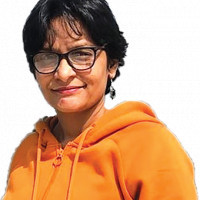

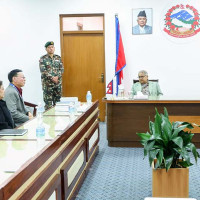
-square-thumb.jpg)
